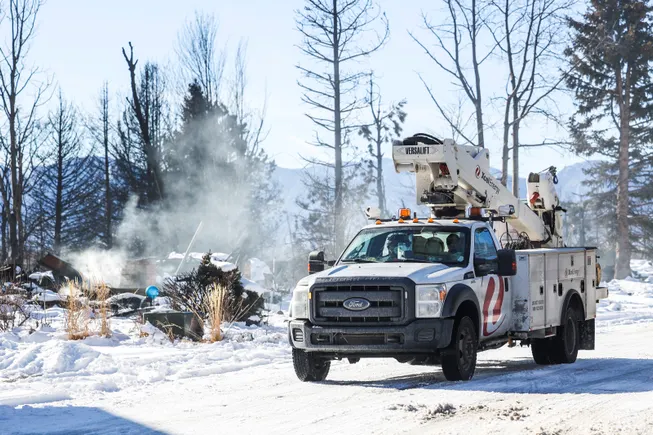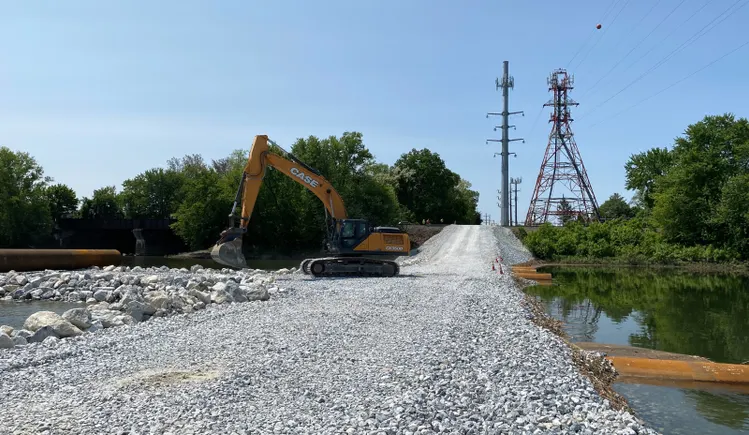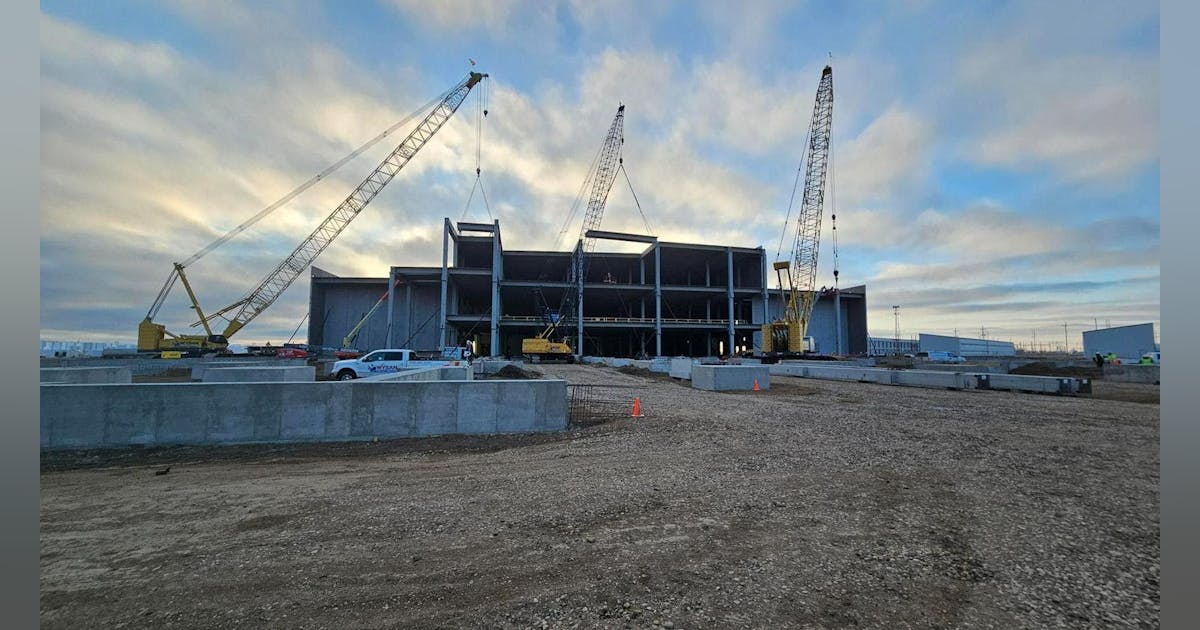
“The status quo is not an option”, said one attendee at E-FWD’s recent event in Aberdeen, but is zonal pricing an answer? To solve the market reform question, ultimately we need to expand transmission.
The session was titled ‘How can we reform the electricity market while protecting offshore wind?’ E-FWD’s Sepi Golzari-Munro hosted the talks, with SSE director of market development, Angus Macrae, and Ocean Winds asset director Paul Cavanagh
But the way forwards is unclear. The market needs reform to deliver on the promise of new decarbonised energy, while facing down opponents and inflation.
- The electricity market needs reform, but zonal pricing is a potentially harmful distraction
- Energy infrastructure, particularly pylons, divide local communities adding complexity to the pricing debate
- Transmission system shortcomings and inflation threaten project viability and the wider power plans
Zonal pricing palaver
Zonal pricing has drawn increasing amounts of attention over the last year and has been a subject of hot debate.
Last month, energy secretary Ed Miliband said government would make a “calm and considered decision” about the prospect of zonal pricing.
Offshore wind developers – and most major producers and consumers – have come out against the policy direction.
But it has fervent supporters. Octopus Energy CEO Greg Jackson has been exceptionally supportive of the prospective shake up to the UK’s energy market, but Ofgem has also spoken in support of the change.
Opposition to zonal pricing united the E-FWD workshop.
“The most objective analysis that’s been done demonstrates that zonal will be more expensive than a system that uses market reforms in an evolutionary way, especially if you take the cost of capital into account,” one attendee said. “All investments, wherever they are in the country, would face significant uncertainty. That will factor into the investment cost.”
The delegate added that “government is kind of sitting on a knife edge on this”. The speaker said a government move into zonal pricing has promised to “insulate old CfD projects from zonal entirely. But they’re also not actually doing that because they don’t really accept that there are significant risks.”
If Westminster were to deliver the “best grandfathering package their willing to give, it will still impact on the CfD investors”, another person in the room argued.
Imbalance
Offshore project developers in Scotland may oppose zonal pricing, but the idea has broader support.
For those living in the highlands or north-east of Scotland, where renewable energy is being delivered in spades, this measure may seem beneficial.
One attendee argued the debate needed more nuance. The speaker, who sits on a policy committee, related amid a discussion of around 50 people, most would “said ‘zonal pricing is a brilliant idea’ and then one or two other people said ‘well maybe not’.”
The contributor asked “How do we have that debate with the general public, because it’s so complicated.”
They questioned whether the industry needs a “Martin Lewis-type character” to provide both sides of the debate.
Another attendee, who lives in an Aberdeenshire community, noted the opposition to pylon construction.
“I’ve seen all through my community, the banners saying ‘save our Mearns’, ‘stop SSE’, and it has completely divided our community.”
The E-FWD member said they had explained the transmission plans to their neighbours. But progress is slow, as “it’s being held up with consultation”.
However, the rural community in question must contend with wind farms, pylons and a battery storage plant. “I would call it unfortunate progress,” they continued. “Then the zonal pricing came in and what I’m hearing is ‘all the power is going to those English’.”
Tough on transmission
The debate about zonal pricing has come to dominate all the discussions around energy market reforms. But there are other ways to change the market.
“There are lots of different ways. From fixing CfDs to make them more effective with risk management tools, dealing with transmission charge and uncertainty, dealing with the contract lengths of CfDs,” an attendee said. “But also, doing things to make the market more responsive to some of the technical challenges there are.”
However, “one of the biggest technical challenges” facing the sector was named as “how to get the transmission system operating” in a wind-based model.
“The transmissioning system we have will never be able to handle the full output of all the wind assets in the system. That just wouldn’t make economic sense,” the attendee added.
One delegate re-emphasised the importance of change for the electricity market. They argued the UK’s current set up “is designed to devalue Scottish assets”.
Inflation woe
Zonal pricing, ultimately, is something of a distraction when considering the challenges ahead for the industry. In particular, how should we deliver power from where it is generated to where it needs to be.
One wind developer representative explained that after signing a CfD for a project in Scotland costs had escalated. “The forecast for transmission costs are now expected to be 400% higher by the end of the decade.”
This creates uncertainty for developers who wish to continue the roll out of green energy projects in the UK. This comes even as they contend with unexpected cost increases over projects build out.
“Without projects, you don’t have anything,” the person explained. “You don’t have supply chain, you don’t even have planning issues if you don’t have projects because if you don’t have commercial projects you don’t have anything. Everything else doesn’t matter.”




















